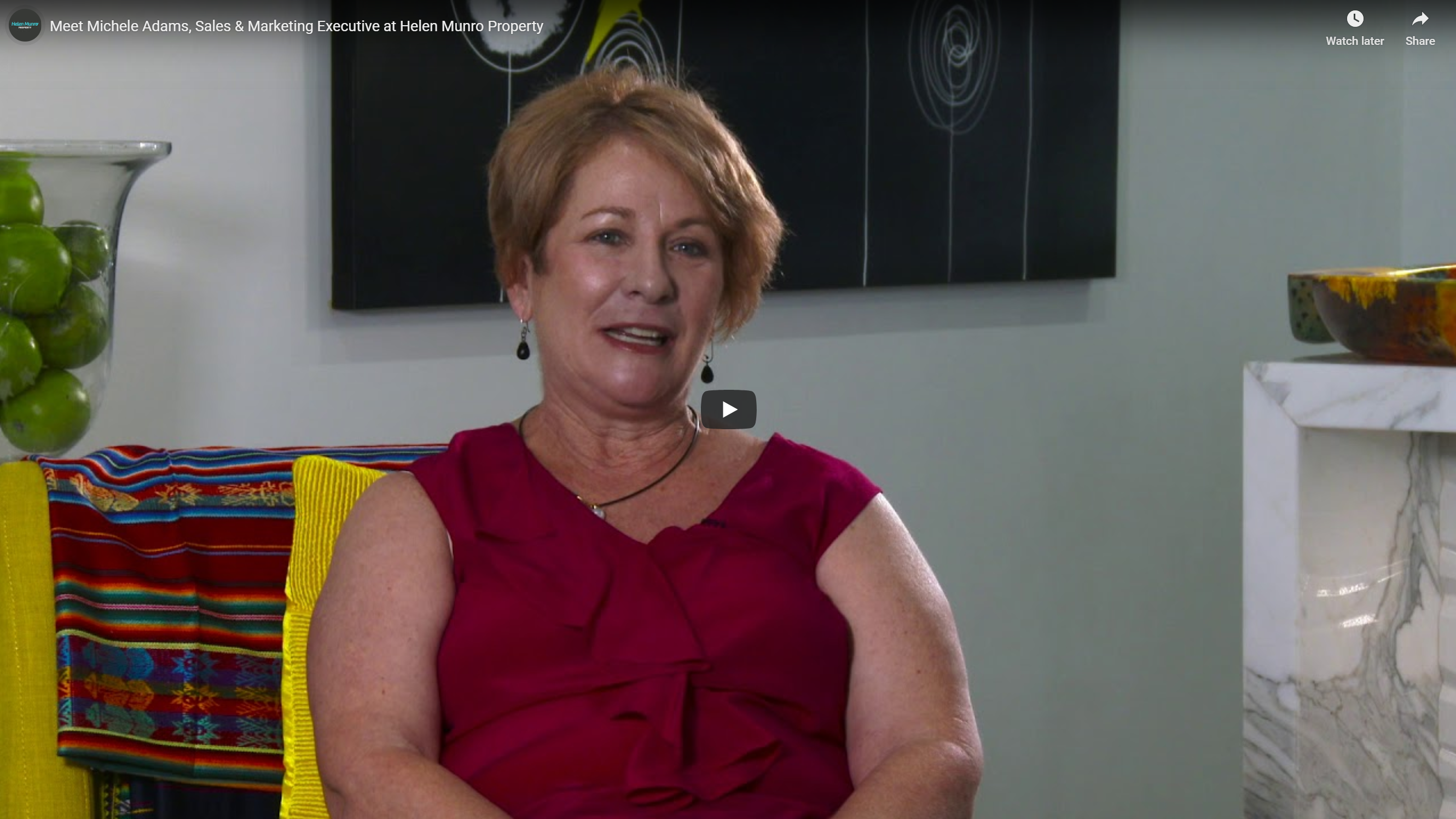
In Australia, we’re resilient when it comes to buying and selling residential property. Interest rate rises and cost-of-living increases barely have an impact. The thing that impacts the real estate market is the flow of funds, the lending criteria and current interest rates.
Through 2022 and 2023 we saw a run of RBA interest rate hikes that made it harder for home buyers to secure loans. This reduced the number of people buying and selling real estate, because sellers are often trying to secure finance to purchase their next property too.
According to Proptrack, Australia-wide, property prices have grown by 6.3% over the year to August 2024. Capital cities have seen a 6.6% annual growth in property prices and regional areas have seen a 5.4% growth rate on average.
The highest rises were in the Perth property market (22.8%), regional WA (15.2%) and Adelaide’s property market (14.8%). Markets where home prices went backwards, if only modestly, have been the Northern Territory (-2.3%), Hobart (-2.1%) and Victoria (-1.5%).
Each region, right down to a suburb and even property type (house, townhouse, villa or unit) will be subject to its own set of market factors and therefore perform differently to other properties and regions around it.
12 months of real estate in review
Encouragingly, despite pressures on cost, Australia-wide dwelling values are 39.9% above where they were before the pandemic. Prices are still the highest they’ve been for decades in most cities and regions of Australia. According to CoreLogic figures for the week ending 11 August 2024, auction clearance rates were strong in most capital cities, with a weighted average of 63.5%. Adelaide was the strongest at 81.1% clearance and Canberra the weakest with a 55.8% auction clearance rate.
After a slump in prices in 2022 the market regained its upward momentum again in 2023 and this has continued at a relatively consistent rate through the first half of 2024.
Consumer sentiment
As of 16th August 2024, the ANZ-Roy Morgan Consumer Confidence index was at 81.8 points, below the 1973-2024 average of 107.6. In general, buyers and sellers are optimistic; however, the war in Ukraine, the devastation in the Middle East, the US election in November, and the continued spectre of a recession combine to create uncertainty.
While the US economy is strong, Japan and the UK have both found themselves in recession this year. The Australian economy staggered into 2024, edging close to recession. Australia’s recession risk has increased sharply throughout the middle of 2024 as the economy cools and inflation is still not under control.
HOMEOWNER UPDATE

The economy in 2024
Heading into 2024, whilst facing a sluggish economy, we had rising unemployment, lower exports and a drop in imported consumer goods as Australians reined in their shopping.
We know from experience that Australian mortgage holders will sacrifice much to retain their property so a slow-down in consumer spending was only to be expected.
Property auctions and clearance rates 2024
CoreLogic’s 2023 Auction Market Preview released in August 2024 stated that it expected Auction activity to rise above 2,000 for the first time since late June.
There were 2,043 capital city homes currently scheduled for auction in this week, up 8.0% from the week before (1,891) and just 0.3% higher than the same week in 2023 (2,037). It was the busiest auction week since 23rd June (2,150).
Property market movements in 2024
While spring is often noted as a peak selling season, figures bear out that autumn is the season that delivers the best sales results. As we round out August we are well and truly into our September/October peak selling season as the weather warms up and days grow longer.
PROPERTY INVESTOR UPDATE
Rental listings in 2024
According to Eliza Owen, Head of Research at CoreLogic, rent growth picked up in the start of 2024, taking rents to new record highs. But as of August 2024 monthly rental growth had hit its lowest rate in four years as capital city demand has started to decline.
CoreLogic Australia economist Kaitlyn Ezzy said the easing in the monthly growth trends marks a stark contrast to the 39.7% surge in rents recorded over the past five years.
Owen suggests that growth will continue to slow if these three factors come into play.
-
The cash rate falls, which could increase investment and first home buyer activity. Rents move with interest rates, and interest rates could be on the way down either later this year or next. Rent values and interest rates tend to move in tandem.
-
Income growth is expected to slow, which might prompt a change in housing preferences.
-
Stretched rental affordability could see movements to more affordable areas.
However, although the three scenarios may or may not occur, we need to factor in:
-
Slower building activity.
-
Increased population (although the Australian Bureau of Statistics figures show temporary higher education visa holders accounted for 33.9% of overseas migration in the 2022-2023 financial year).
-
Properties off the long-term rental market again as landlords who took their properties off the short-term rental market over the pandemic years are now switching back. In some areas of high demand, this is up to 20% of housing stock.
-
The release of Australian Bureau of Statistics (ABS) figures that give indications of a downturn for first home buyers in January 2024, as the number of owner-occupier first home buyer loans decreased by 6.9%.
-
Forthcoming tax cuts that will put more money in renters’ pockets.
Can we help you with your property needs?
If you’d like advice about the property market, whether you want to sell, buy or lease, we know our area and understand the market. Please get in touch. We’re here to help.



